Carved Ivory Phrenology Head Showing Thirty Seven Different Zones of the Brain
A Large Carved Ivory Phrenology Head Showing Thirty Seven Different Zones of the Brain a Key Naming the Function of Each Area Engraved Around the Collar
First Half of the 19th Century
Size: 9.5cm high, 5cm wide, 6.5cm deep - 3¾ ins high, 2 ins wide, 2½ isn deep
First Half of the 19th Century
Size: 9.5cm high, 5cm wide, 6.5cm deep - 3¾ ins high, 2 ins wide, 2½ isn deep
A Large Carved Ivory Phrenology Head Showing Thirty Seven Different Zones of the Brain a Key Naming the Function of Each Area Engraved Around the Collar
First Half of the 19th Century
Size: 9.5cm high, 5cm wide, 6.5cm deep - 3¾ ins high, 2 ins wide, 2½ isn deep
First Half of the 19th Century
Size: 9.5cm high, 5cm wide, 6.5cm deep - 3¾ ins high, 2 ins wide, 2½ isn deep
Phrenology was developed by the German physician Franz Joseph Gall in 1796 and concerned the measurement of bumps on the skull to predict mental and psychological traits. Gall believed that the brain is the organ of the mind and that certain areas have a localised specific function. The central idea that measuring the contour of the skull to predict personality traits became a popular pastime in the early 19th century. By the 1840’s there were more than twenty eight phrenological societies in London with over 1000 members. The Scottish phrenologist George Combe established the Phrenological Society of Edinburgh and was asked by Queen Victoria and Prince Albert to read the heads of their children.
Phrenological theory is now discredited and termed a pseudoscience, but it was influential in the development of the study of psychiatry and psychology in the 19th century. Gall’s assumption that character, thoughts and emotions are located in specific areas of the brain is considered an important historical advance toward neuropsychology.
Phrenological theory is now discredited and termed a pseudoscience, but it was influential in the development of the study of psychiatry and psychology in the 19th century. Gall’s assumption that character, thoughts and emotions are located in specific areas of the brain is considered an important historical advance toward neuropsychology.
Carved Ivory Phrenology Head Showing Thirty Seven Different Zones of the Brain
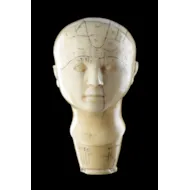
SOLD
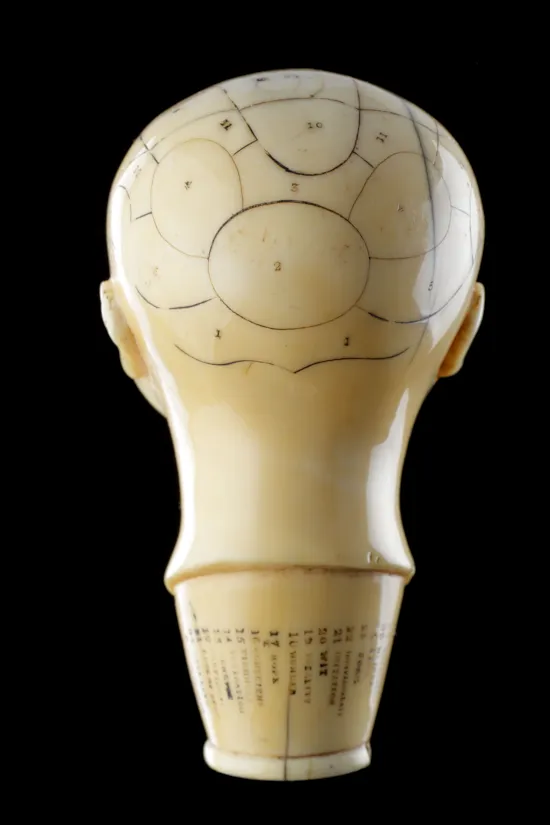
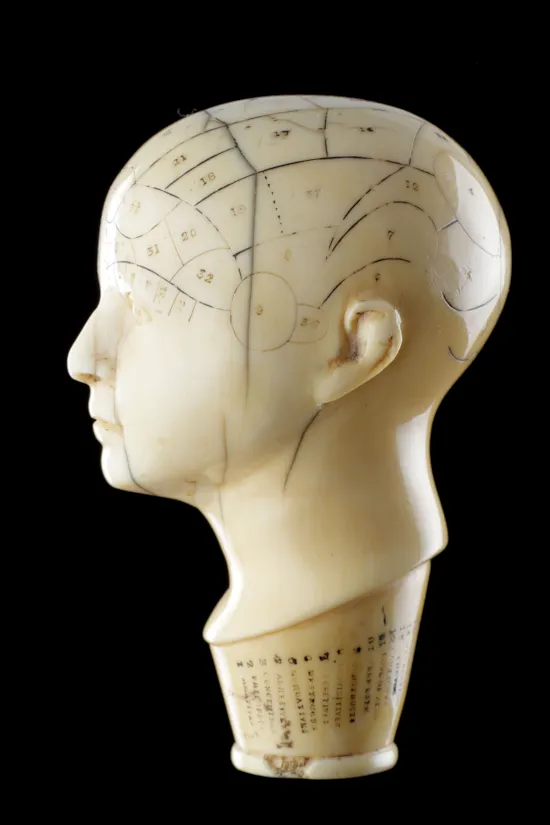
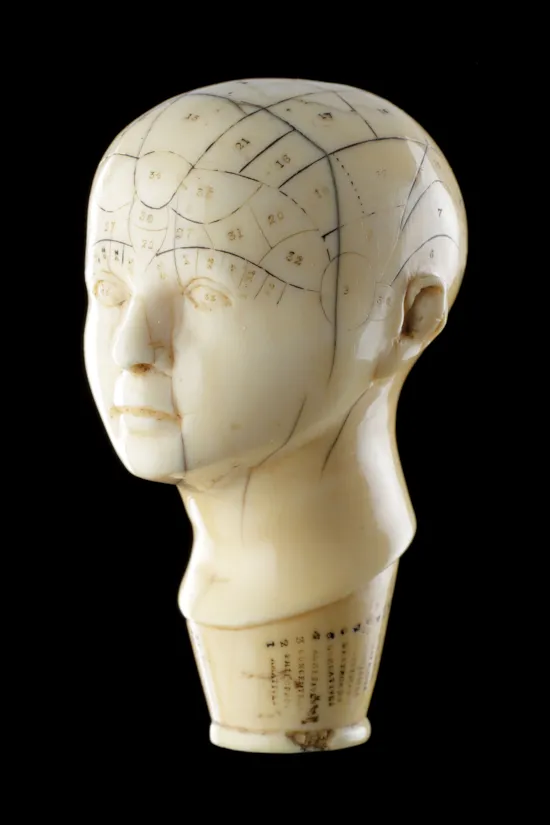
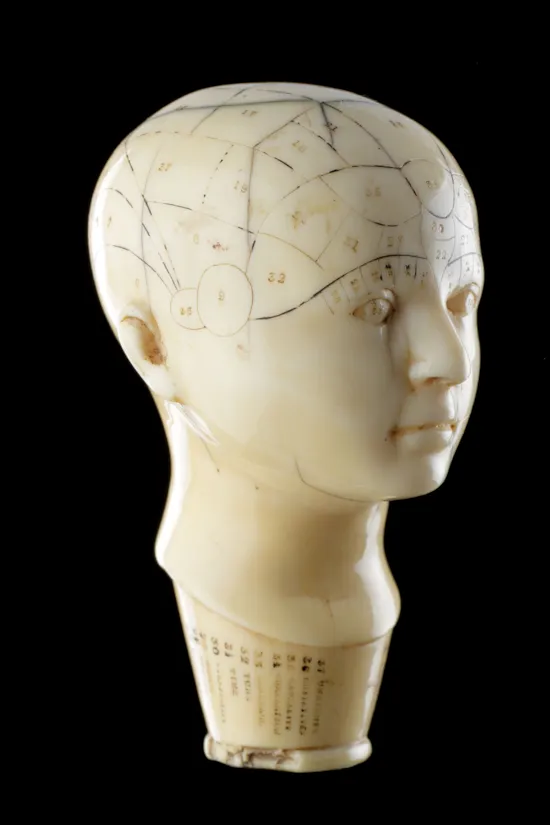




YOU MAY ALSO LIKE

